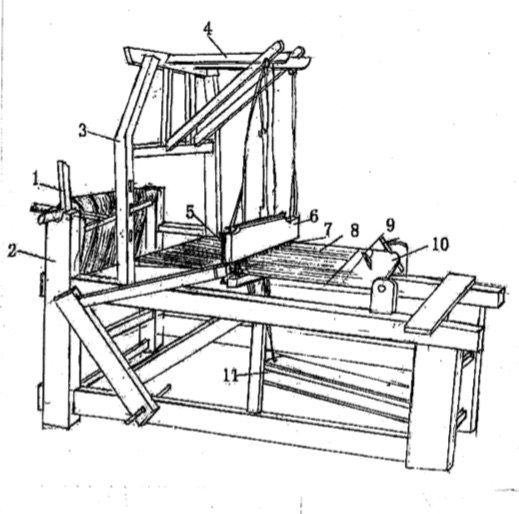China’s planned economy aimed to concentrate resources such as cotton in the hands of the state. Ideally, the state would buy raw materials at low, state-set prices, process them in urban factories, and sell them back to the rural population at a profit. However, because of growing demand in China’s cities and the export market, rural China was chronically undersupplied with textiles. Women who produced cloth at home were in latent conflict with the state: the cotton they used was embezzled or stolen from the fields, and they used their own labor power for private endeavors, rather than for work in the collective fields. At the same time, women’s work at home provided the preconditions for socialist accumulation: without women’s unpaid work, rural people would have gone naked and would have been unable to work in the fields.
